Russian Pornography Laws and its brief overview
Again the idea arises why Russia tightens its Pornographic laws. Firstly, the question arises: why is even porn required for people? So the answer to this question is that porn is a type of content which people consume to fulfill their fantasies without getting harmed or getting infection from any other person. Russia just tightened its law to protect the young generation and children from harmful sexual content which leads to damage to the mental state of the children the consequences of this are an increasing number of cases of violence against women, a high divorce rate, false hopes in relationships, and many more…
In the vibrant cities of Moscow and St. Petersburg, Russia’s adult film industry is booming. Producers like SP-Company create a wide range of content, from edgy gonzo films to desirable adaptations of Russian literary classics. These films attract audiences both in Russia and around the world.
However, this lively industry operates under very strict laws. In Russia, it’s legal to watch porn, but making or sharing it can get you up to 6 years in prison. The government’s media watchdog, Roskomnadzor, actively monitors and blocks major porn sites. In 2015, it famously blocked the Russian version of Pornhub and several other sites.
These tough laws are based on international agreements and specific Russian laws like Article 242 of the Criminal Code, which bans the illegal production and distribution of pornographic materials. Despite these strict rules, the adult film industry continues to function in a legal gray area. Often, what’s considered legal or illegal is decided in court.
This mix of vibrant creativity and harsh regulation makes Russia’s pornography scene both unique and fascinating. It’s a place where the allure of forbidden content meets the reality of strict control, creating a complex and intriguing landscape for anyone interested in how culture and law intersect.
Despite this excitement, the laws are tough. Watching porn is legal, but making or sharing it can get you up to 6 years in prison. The government often blocks major porn sites like Pornhub.
These strict rules create a confusing legal gray area, where what’s allowed often ends up being decided in court. This mix of creative freedom and strict control makes Russia’s porn scene both unique and fascinating, blending the thrill of forbidden content with the reality of tough regulations.
Historical Overview Of Russian Pornographic laws
Unveiling Russia’s Pornography Journey: From Imperial Censorship to Modern Restrictions
The story of pornography laws in Russia is a fascinating journey marked by strict rules and evolving attitudes.
19th Century: Strict Beginnings In the 19th century, the Russian Empire was very strict about any “seductive images.” Even simple postcards with suggestive pictures were banned. Distributing these could lead to fines and imprisonment. This era started Russia’s long history of censorship.
20th Century: Holding a Conservative Line In the 20th century, Russia stayed very conservative about pornography. Unlike the United States, which tackled the issue through legal cases like Miller v. California in 1973, Russia kept tight controls. They believed pornography harmed public morals and needed strict regulation. Watching porn became legal, but making or sharing it could lead to severe punishments.
Modern Times: Tough Regulations Today, Russia still has very strict laws about pornography. In big cities like Moscow and St. Petersburg, the adult film industry is active, creating content for both local and global audiences. However, the government’s media watchdog, Roskomnadzor, keeps a close eye on things and blocks major porn sites. For instance, in 2015, it blocked the Russian version of Pornhub and several other sites.
Legal Framework: Article 242 The rules are based on Article 242 of the Criminal Code, which bans the illegal production and distribution of pornographic materials. Despite these tough laws, the adult film industry operates in a legal gray area. What’s considered legal or illegal is often decided in court, making the situation complex and uncertain.
Cultural Impact From old-fashioned censorship to today’s digital era, Russia’s approach to pornography shows a mix of cultural norms, legal battles, and changing values. The strict laws and shifting attitudes continue to shape the cultural landscape. This history highlights the ongoing debate between personal freedom and government control.
The history of pornography law in Russia is a tale of strict regulations and changing societal norms. It shows the ongoing tension between artistic expression and legal restrictions. This journey reflects how past events still influence today’s laws and attitudes toward adult content, making it a compelling topic for anyone interested in the relationship between culture and law.
Safeguarding Privacy in Russia: Navigating Cyber Laws
In Russia, your digital footprint is protected by robust laws designed to ensure privacy and punish cybercrime. Here’s how they work:
- Criminal Code of the Russian Federation (1996):
- Article 272: Bans unauthorized access to protected computer info, with fines or jail time.
- Article 273: Deals with harmful computer programs, carrying penalties up to 7 years for serious offenses.
- Article 274: Covers breaches of computer system rules, with punishments up to 4 years in severe cases.
- Russian Federation’s Constitution (1993): Guarantees privacy rights, keeping your communications confidential unless a court says otherwise.2.
- Federal Law on Personal Data (2006):Protects personal info, requiring consent for processing and allowing you to withdraw consent anytime.
Ensures you can access and correct your data, and mandates secure disposal when it’s no longer needed.
These laws ensure your privacy is respected while tackling cyber threats head-on, showing Russia’s commitment to digital security and responsible data handling.
Russia’s Internet Laws: Navigating Controversies on Freedom and Pornography
Russia’s recent laws aimed at tackling issues like child pornography and drug use have sparked intense debates. Critics argue that these laws, while well-intentioned, could be used to stifle free speech and dissent. This concern stems from Russia’s history of selectively enforcing laws to silence political opposition, using measures like anti piracy regulations to target independent media and civil society groups.
Globally, debates about pornography have long centered on whether it should be regulated and how. Some believe strict regulations are necessary, citing potential harms to society. Others advocate for freedom of expression, challenging the idea that all adult content is inherently harmful.
The principle of equal citizenship is pivotal in these discussions, emphasizing fair treatment and gender equality in the regulation of pornography. This principle influences arguments over whether governments should restrict access to adult content and the criteria for such restrictions.
As Russia navigates these complex issues, balancing internet freedoms with societal protection remains a critical challenge. The ongoing dialogue underscores the need for transparent governance and the protection of civil liberties in the digital era.
There’s a new proposal to control how people access pornography online in Russia. The plan is for porn to be available only on government-run websites to protect young people from seeing inappropriate content. They want to divide porn into two categories: ‘lawful’ and ‘unlawful’. ‘Unlawful’ would include things like child abuse and certain types of graphic or offensive content. On the other hand, ‘lawful’ content would show consensual adult interactions in a natural way.
In Russia pornography is sorted into two categories: “lawful” and “unlawful.”
- Lawful Content:
- This includes porn that shows adults in consensual and respectful situations.
- It follows Russian laws and doesn’t show extreme or violent stuff.
- Unlawful Content:
- This covers porn that breaks Russian laws, like:
- Child Pornography: Any sexual images involving minors.
- Violent or Offensive Content: Scenes of rape or extreme violence.
- Other Illegal Content: Anything that goes against Russian porn laws, such as certain fetishes.
- This covers porn that breaks Russian laws, like:
- How They Plan to Do It:
- Russian officials will decide what goes into each category and how to enforce these rules.
- They want to protect young people from bad stuff but still let adults access legal porn on government-approved sites.
-
Challenges:
- It’s tricky to clearly separate what’s legal and illegal, especially online where content mixes.
- People might still find ways to view restricted content, like using special software.
In short, Russia is trying to organize porn to keep minors safe and follow the law, but it’s tough to manage online.
Right now, Russians can watch porn without legal consequences, but sharing it, even on social media, can get you in trouble. While the law allows for prison time, most people get suspended sentences instead.
Big porn sites like YouPorn and PornHub were blocked in Russia for a while, but many people still accessed them using VPNs. Even VKontakte, which is like Russia’s Facebook, allows links to PornHub, though this can be risky since there are tools that can expose which of your friends use adult sites.
It’s not clear exactly how many Russians watch porn, but about 11% of adults were using porn sites in 2018. This is much lower than in the US, where a lot more men and women watch porn.
During the COVID-19 pandemic, there was a big increase in people watching porn online around the world, including in Russia. This trend reflects how more people turned to the internet for entertainment during lockdowns.
The goal of the new plan to regulate porn through government websites is to protect young people and control what kind of content they can access. However, making this plan work could be tricky because many websites have both legal and illegal content mixed together.
Unveiling the Impact of Russian Pornography Laws on Society
The impact of pornography laws on adults and society is a critical issue, particularly in light of its pervasive accessibility online. Concerns are heightened by reports that many young adolescents perceive porn as normal and worry about potential addiction. While official statistics on pornography use in the UK are lacking, recent studies suggest women’s consumption is more prevalent than previously believed.
In Russia, there’s a serious issue with child pornography and sexual abuse of minors. Unlike many countries, just possessing child porn isn’t illegal there, and laws against exploiting kids are weak. This has made Russia a major producer of child porn globally.
Efforts are underway to change this. Lawmaker Elena Mizulina is pushing for a new law to make possessing child porn a crime, not just distributing it. Currently, many abusers escape justice due to these legal loopholes, especially when young victims testify.
The problem is compounded by underreporting of cases and inadequate investigations. Reported cases of child sexual abuse are rising, highlighting the urgent need for stronger laws and better enforcement.
Experts like Yevgeny Tsymbal from a Children’s Psychology Center in Moscow point out that weak laws and lack of evidence allow abusers to evade punishment. Crimes can go unnoticed for a long time because there’s often little physical evidence.
The internet exacerbates the issue by providing a platform for child pornographers to operate freely. Initiatives like Saferunet.ru are trying to shut down these sites, but it’s challenging because this content is readily available online.
To address this, there’s a push for stricter regulations on internet providers to monitor and remove child porn sites. Pavel Astakhov, Russia’s child advocate, is advocating for greater accountability from providers in combating this problem.
As Russia addresses these challenges, the focus is on protecting children from harm and ensuring that laws keep pace with the dangers posed by the internet. Efforts to reform legislation show progress in safeguarding minors and holding perpetrators accountable for exploiting them.
Research, though limited, indicates that pornography can influence attitudes towards women, contribute to lower self-esteem, and potentially lead to addictive behaviors. These findings underscore the importance of regulations governing the production, distribution, and availability of explicit content.
However, enforcing these laws is controversial. Critics argue that strict regulations may restrict freedom of expression, while proponents emphasize the need to protect vulnerable groups, especially children. Balancing these perspectives is crucial for developing policies that safeguard individual rights while fostering a healthy societal environment in today’s digital age.
The US, and Western Europe approach regulations on pornography Laws:
- Regulatory Approach: Russia has stricter rules aimed at preserving moral standards by tightly controlling and sometimes blocking access to certain adult content. In contrast, the US and Western Europe balance regulation with personal freedoms more carefully. They seek to protect free speech and individual rights while setting limits to ensure public decency and safety.
- Social Attitudes: The differences in porn laws reflect broader societal views on sex and morality. In Russia, historical and cultural attitudes shape strict regulations, emphasizing traditional values and societal order. In the US and Western Europe, attitudes toward sex are more diverse and often more liberal due to historical movements advocating for personal freedoms and rights.
- Legal Framework: Each region has its own set of laws governing pornography. In the US, laws vary widely between states, with some states imposing stricter regulations. Europe has both EU-wide regulations and laws specific to individual countries, creating a complex legal landscape. Russia has centralized laws that apply uniformly across the country, reflecting its more centralized governance.
- Enforcement: Enforcement practices differ significantly. Russia vigorously enforces laws to uphold morals and public decency. In the US and Europe, enforcement balances preventing harm with respecting individual liberties. Enforcement strategies can evolve based on societal changes and political priorities in each region.
- Public Debate: Discussions about pornography laws play a vital role in shaping regulations and public opinions. In the US and parts of Europe, debates often focus on free speech and privacy rights. In Russia, debates emphasize moral values and societal norms, reflecting cultural priorities.
Understanding these distinctions helps illustrate how cultural, historical, and legal factors influence policies on adult content across different parts of the world.
References
- U.S. Department of State. “Russia,” in Country Reports on Human Rights Practices- 2013. Washington, DC; February 27, 2014; http://www.state.gov/j/drl/ rls/hrrpt/human rights report/index.htm#wrapper.
- http://government.ru/en/
- https://www.usa.gov/
- https://european-union.europa.eu/index_en
- https://humanrightsfirst.org/library/russias-enforcement-of-child-porn-law-threatens-internet-freedom/
- http://edition.cnn.com/2011/WORLD/europe/06/02/russia.child.porn/index.html
- https://pornography-laws.com/dog-pornography-law-in-the-us
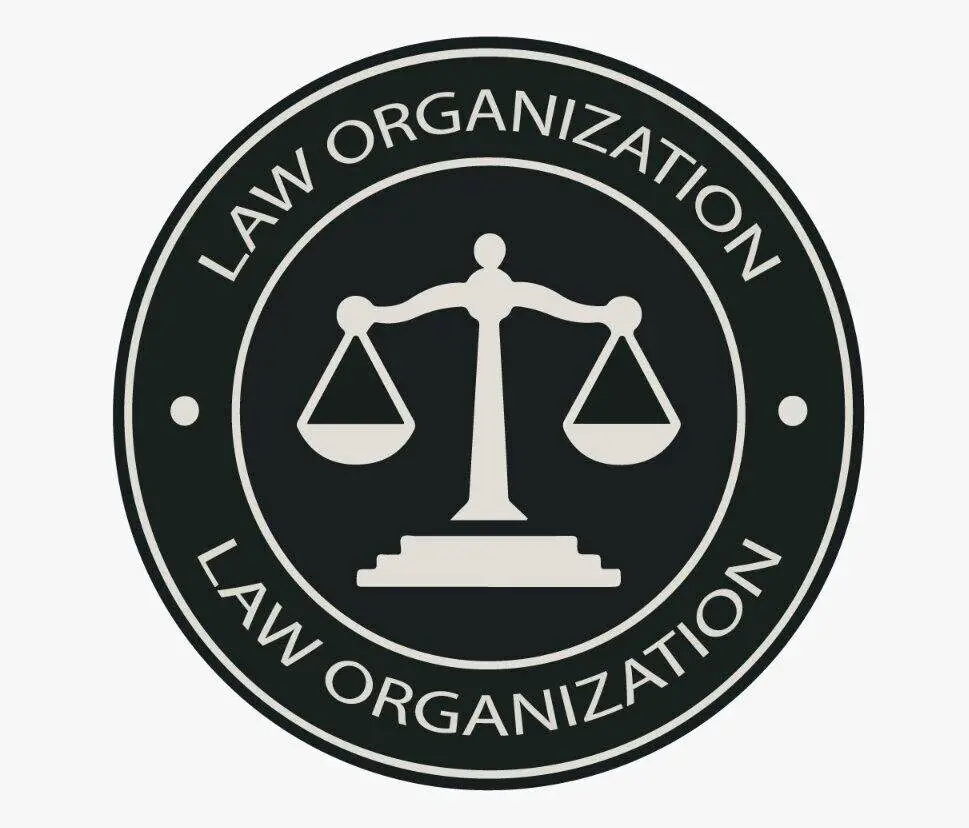

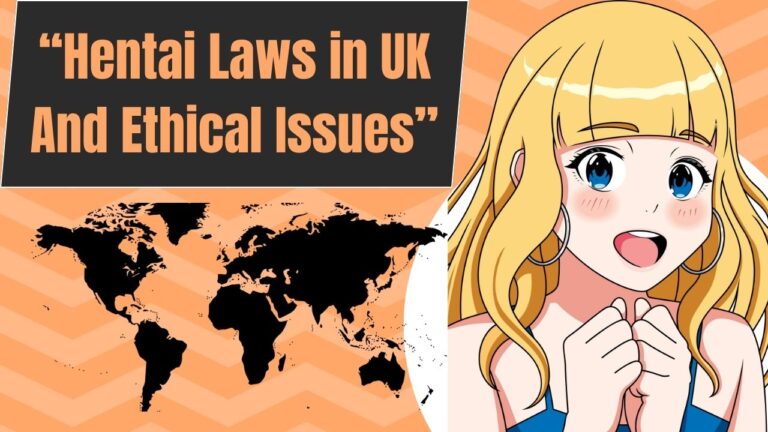

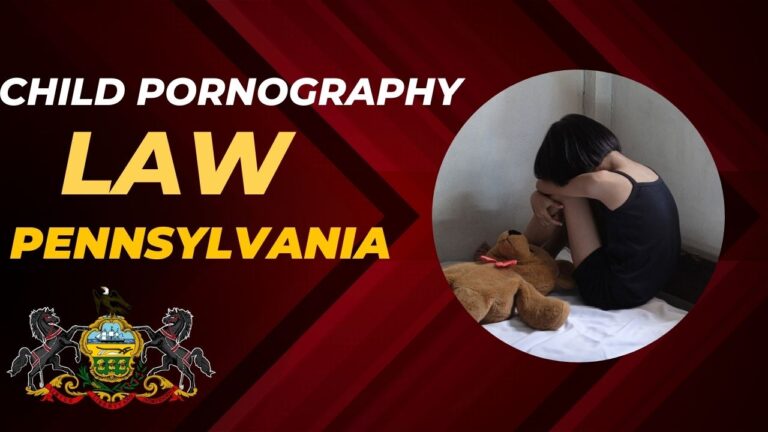
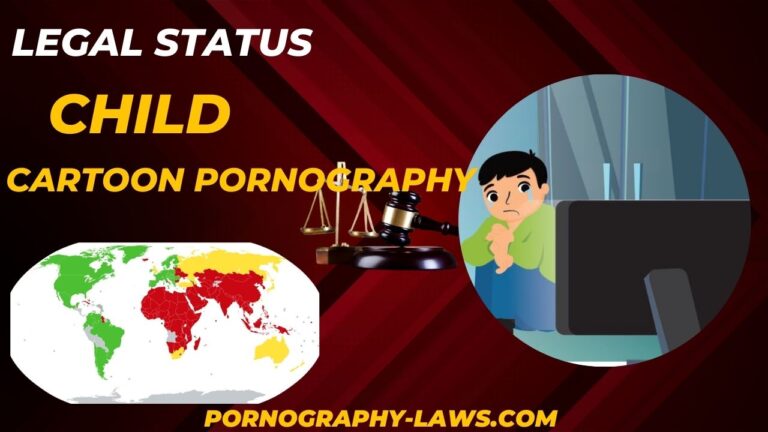
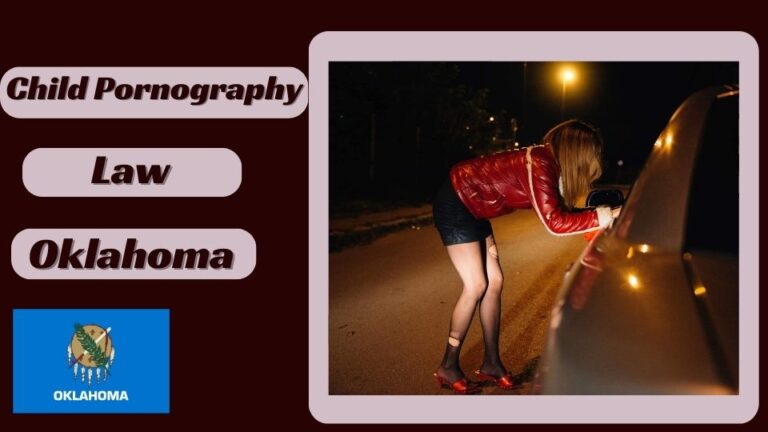

Your point of view caught my eye and was very interesting. Thanks. I have a question for you.